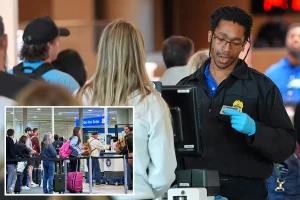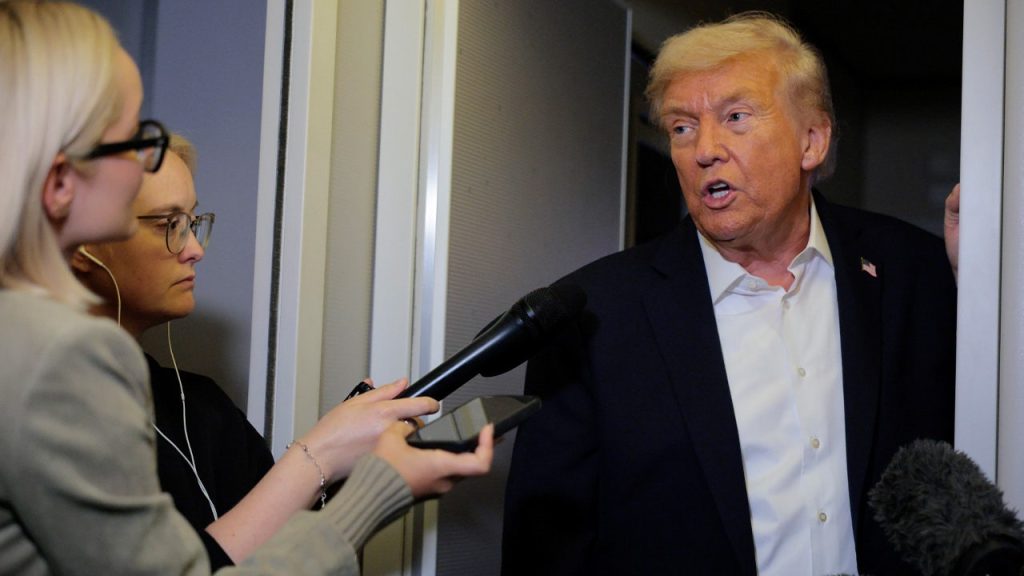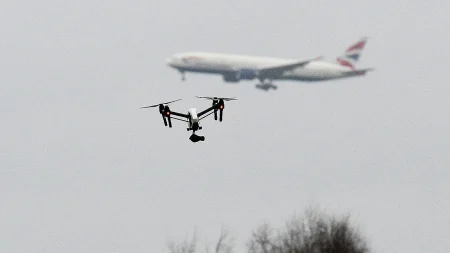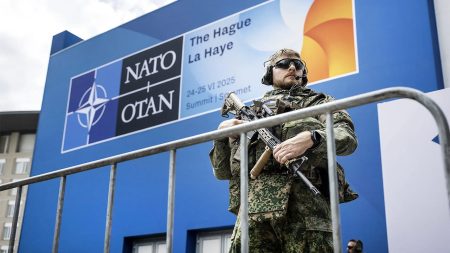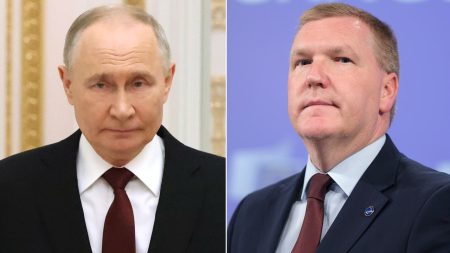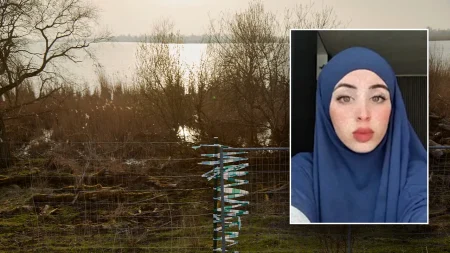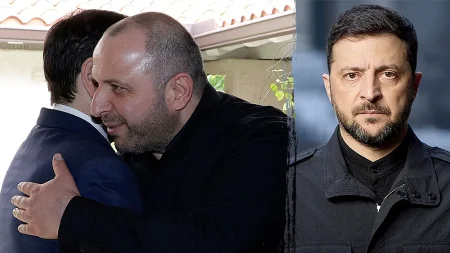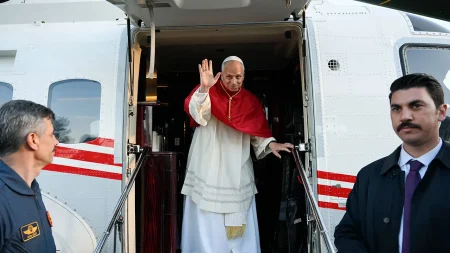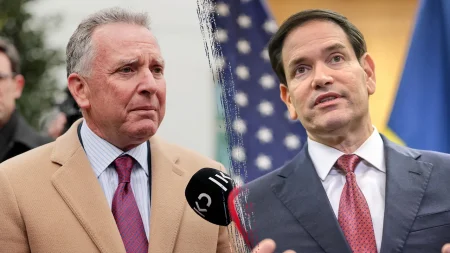Trump Navigates Middle East Peace Prospects After Historic Gaza Deal
In a significant moment for Middle Eastern diplomacy, President Donald Trump recently returned from a whirlwind international trip that culminated in a historic peace agreement ending two years of fighting in Gaza. When questioned about the potential for a two-state solution between Israel and Palestinians, Trump maintained a notably flexible stance, telling reporters, “We’ll have to see.” This measured response reflects the complex realities of a region where lasting peace remains both urgently needed and difficult to achieve.
Upon returning aboard Air Force One, Trump emphasized that his immediate focus lies with the reconstruction of Gaza after extended Israeli military operations following the October 7, 2023 Hamas attack. Rather than committing to a specific political framework, the President remarked, “I’m not talking about a single state or double state or two state,” acknowledging the divided perspectives on the issue by adding, “A lot of people like the one-state solution, some people like the two-state solution.” This pragmatic approach suggests Trump is prioritizing tangible progress and stability over ideological commitments, indicating that any decisions on such fundamental matters would involve coordination with both regional and international partners. The administration appears to recognize that imposing a predetermined political solution might hinder rather than help the fragile peace process currently underway.
The President’s trip included a global peace summit in Egypt and a landmark address to the Knesset in Jerusalem, where he celebrated the U.S.-brokered ceasefire with Hamas. Speaking to assembled international leaders in Egypt, Trump struck an optimistic tone, calling for a new era of harmony in the Middle East: “We have a once-in-a-lifetime chance to put the old feuds and bitter hatreds behind us,” he urged, encouraging leaders “to declare that our future will not be ruled by the fights of generations past.” These aspirational statements were backed by concrete diplomatic action, as Trump joined Egyptian President Abdel Fattah el-Sissi, Turkish President Recep Tayyip Erdogan, and Qatari Emir Tamim bin Hamad Al Thani in signing a document outlining a broad vision for Gaza’s future. The summit drew participation from dozens of countries, including nations from Europe and across the Middle East, demonstrating broad international support for peaceful resolution to the conflict.
Monday marked a significant humanitarian milestone as twenty hostages were released as part of the agreement intended to end the Gaza war. During his visit to the Knesset, Trump met with some of the families of these hostages, putting a human face on the diplomatic achievements. However, despite these positive developments, the situation remains precarious as Israel and Hamas navigate the early implementation stages of Trump’s peace plan. Critical issues remain unresolved, including Gaza’s postwar governance structure, its reconstruction, and Israel’s demand that Hamas disarm. These outstanding matters represent potential flashpoints that could derail the peace process, with Israeli officials indicating they might resume military operations if their demands are not satisfied. The delicate nature of this peace highlights both the achievement of securing a ceasefire and the challenges that lie ahead in transforming a temporary halt in hostilities into a lasting resolution.
The humanitarian situation in Gaza presents one of the most urgent challenges following the conflict. Much of the territory has been reduced to rubble, and its approximately 2 million residents continue to struggle under dire conditions, with parts of Gaza experiencing famine. Addressing these immediate human needs, the peace agreement includes provisions for Israel to reopen five border crossings to facilitate the flow of food and essential supplies into the devastated territory. Additionally, approximately 200 U.S. troops will help monitor and support the ceasefire as part of an international team that includes partner nations, nongovernmental organizations, and private-sector groups. This multinational approach reflects an understanding that sustaining peace requires not just diplomatic agreements but also practical implementation measures and humanitarian support.
As the region takes its first tentative steps toward recovery, Trump’s diplomatic efforts represent a significant achievement in a conflict that has defied resolution for generations. The current peace deal, while fragile, offers hope for stability in a region long plagued by cycles of violence. The administration’s approach—prioritizing immediate humanitarian relief and practical progress while remaining flexible on long-term political frameworks—may provide a foundation for continued dialogue. However, the path forward remains challenging, with deeply entrenched historical grievances and competing claims to navigate. The ultimate success of this peace initiative will depend not just on the initial agreement but on sustained international engagement, successful reconstruction efforts, and the ability of all parties to compromise on difficult issues in the months ahead. For now, the cessation of hostilities and the return of hostages represent meaningful progress in one of the world’s most intractable conflicts.
